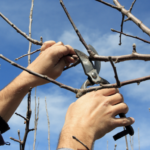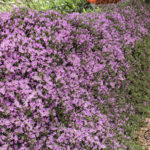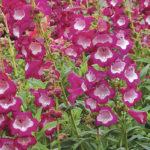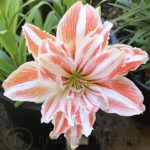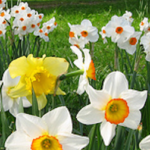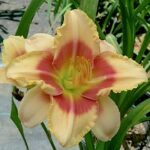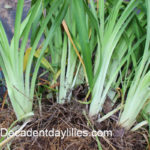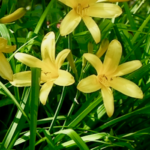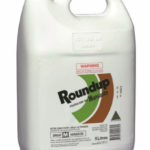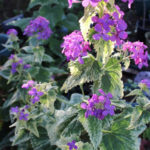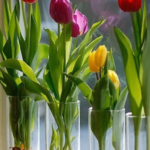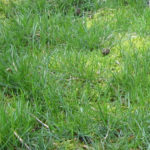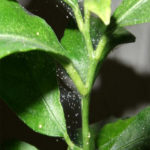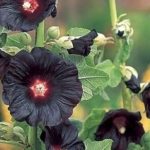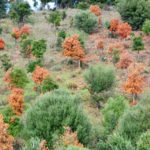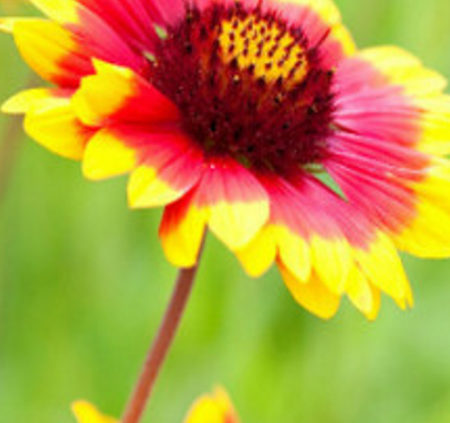
Blanket Flower Gaillardia Care
Blanket Flower – How To Grow And Take Care Of Gaillardia Aristata
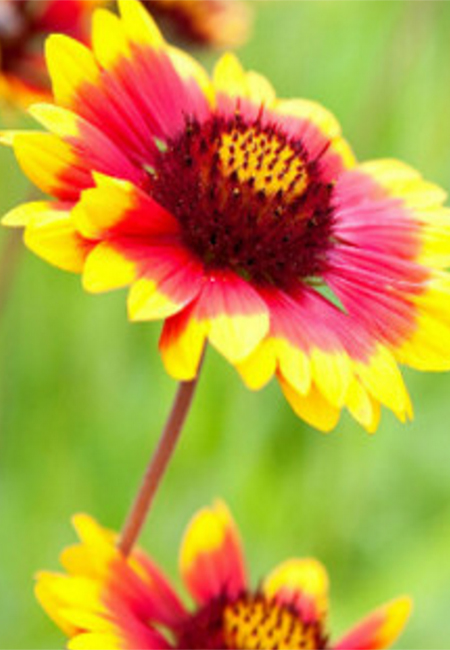 If you are looking to grow radiant and long-lasting flowers in your garden, then you must plant the valuable Blanket Flowers. This flowering plant produces single or double daisy-like flowers through the long hot summer months. They are native to North and South America and are fashionable in Australia. They are short-lived perennials, that have the tendency to reseed but expect some difference in colour combinations when this happens. The Blanket Flowers are related to Asters, daisies and the sunflower family. The binomial name of the Blanket Flower is Gaillardia Aristata. They belong to the family Asteraceae and subfamily Asteroideae. The Blanket Flowers add some hot spice to the garden sporting their rich, brightly flamed coloured blooms. Gardeners grow this breed for its ornamental use and to enjoy the fiery red, yellow fringed blooms with burgundy disc centres, as cut flowers.
If you are looking to grow radiant and long-lasting flowers in your garden, then you must plant the valuable Blanket Flowers. This flowering plant produces single or double daisy-like flowers through the long hot summer months. They are native to North and South America and are fashionable in Australia. They are short-lived perennials, that have the tendency to reseed but expect some difference in colour combinations when this happens. The Blanket Flowers are related to Asters, daisies and the sunflower family. The binomial name of the Blanket Flower is Gaillardia Aristata. They belong to the family Asteraceae and subfamily Asteroideae. The Blanket Flowers add some hot spice to the garden sporting their rich, brightly flamed coloured blooms. Gardeners grow this breed for its ornamental use and to enjoy the fiery red, yellow fringed blooms with burgundy disc centres, as cut flowers.
Description of Blanket Flowers
Most of the Blanket Flowers are clump forming perennial herbs. But, there are varieties that are annual, subshrubs and some types of blanket flowers do spread by rhizomes. The stem of the Blanket Flowers reaches the height of 80 cm and grows erect and are generally well branched. Leaves are variable, some varieties of Gaillardia Aristata have basal leaves. The leaves are normally arranged alternately on the stem and they vary in shape. Each flowering stalk supports a single flower head, which has about 15 or more ray florets. The choice of flowers is mostly warm colours available, and will most certainly attract a swarm of bees or butterflies. The florets are seen in yellow, red, orange, purple, cream and yellow. Sometimes they present themselves in double form.
Growing Gaillardia Aristata
The Blanket Flower is very easy to grow from seed and highly favoured by gardeners. Their preference is to grow in areas where there is at least 5 hours full sun, and well-draining loose soil, this will make them thrive. They need a trivial amount of care while growing. Before planting add in soil improvements, as in organic fertilisers to ensure the full growth of the plant. The herb is hardy and drought tolerant and does not need regular watering. The flowers are long lasting and make a worthwhile affect in the garden. Flowers will show up to support your garden during the summer months.
Propagating Blanket Flower
- Sow the Blanket Flower seeds directly in the flower bed or garden area, where you want to grow the perennial, knowing that they will get a good amount of sun per day.
- Planting the seeds during the autumn is an ideal option for people both living in warmer and cooler climates.
- You can also grow the seeds indoors and then transplant them outdoors once the seeds germinate and grow into small plants.
- Grow the seeds on a seed planting tray in a mini greenhouse for quick germination. This a good option while growing seeds indoors.
- Spread a miserable amount of old manures, compost to your favoured growing area but not too much otherwise, you will get a great deal of foliage rather than flowers.
- The changed ground should be gently raked up and mixed in, this will help the water drain away quickly.
- Blanket Flower seeds can be directly sown on top of the lightly fertilised garden bed, when the soil and weather has warmed up. Scantily cover the seeds with soil.
- Seeds will start to sprout in three weeks time. Water the garden bed to keep the soil damp.
- The seedlings will need to be pricked out, so that they are spaced 14 to 16 inches apart, with the removal of the weaker seedlings.
Care for Blanket Flowers
Blanket flower plant is an easy care plant. If you are growing the taller varieties of Gaillardia Blanket Flowers, then make sure you support them with a strong stake. You should make sure that the soil does not totally cover the seeds when they are sown. Water the seeds so they are evenly damp. The flower stalks need to be cut off once the flower fades away to produce continuous flowering. Divide plants every second or third year to keep them growing.


